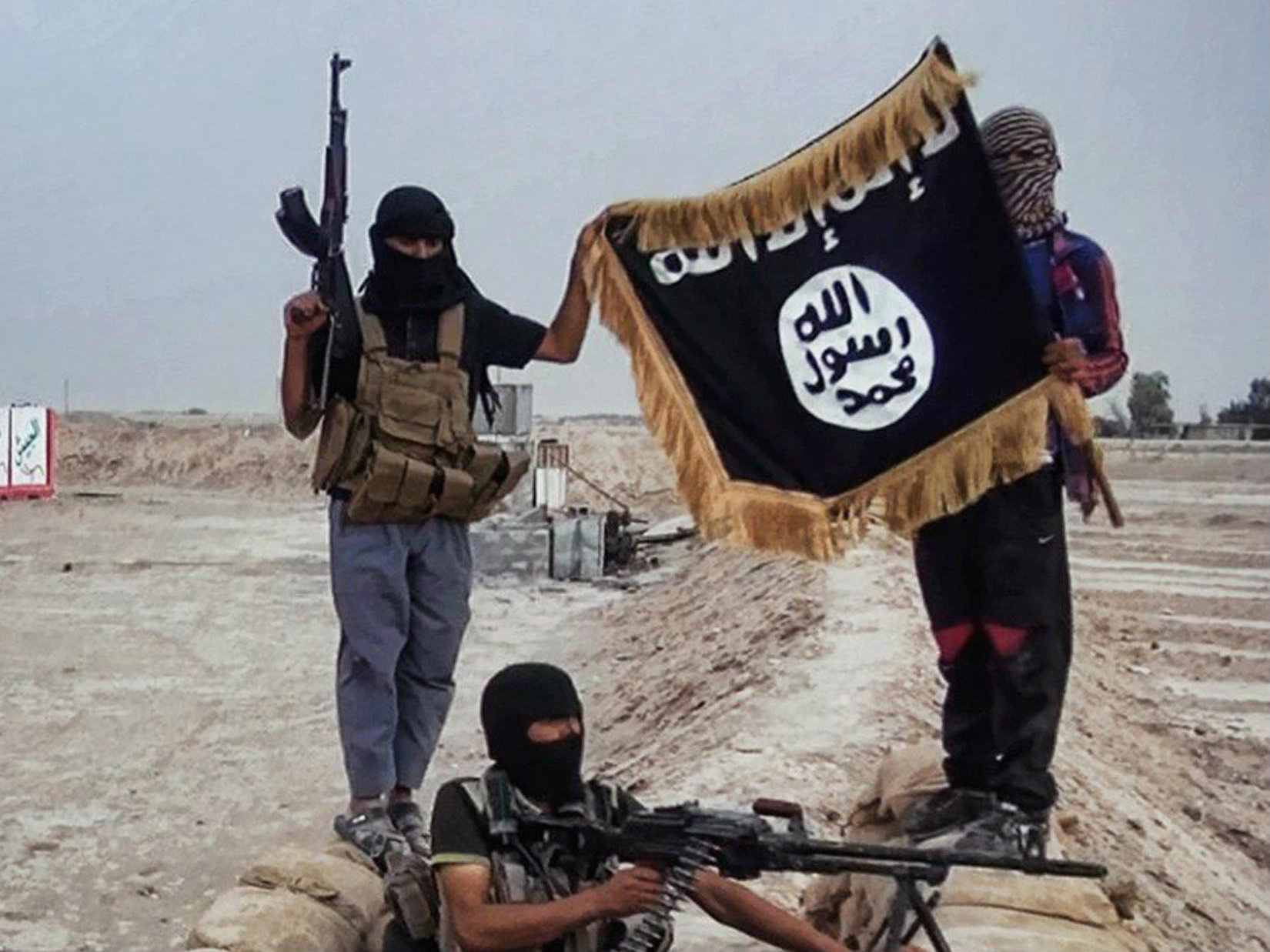A centre-right minister in Austria has cited “tolerance” to call for a ban on membership of the jihadist group ISIS and on the wearing of any ISIS-related symbols. If enacted the move could be incendiary, as the ISIS flag depicts the Shahada, an Islamic creed, and the revered Seal of Muhammed.
Austria’s Interior Minister Johanna Mikl-Leitner, a member of the conservative ÖVP party, told the Austrian Press Agency “A free society cannot tolerate its tolerance being trampled on,” The Local has reported. She added that the time had come to discuss extremism and terrorism “without taboos.”
A suggestion by Efgani Dönmez, a Green councillor, to create a new law banning radical Islamic movements in Austria also met with the approval of Ms Mikl-Leitner, although she said that Austria’s 1947 Prohibition Act should be left as it is. The Act is used to prevent a resurgence of National Socialism.
Detlef Wimmer, the chairman of the FPÖ party (another right wing party) for the town of Linz, said that there would have to be a “practical approach” to any ban, as “in some cases it will be extremely difficult to convict people of religious extremism and to prove it before a jury”. He also believes that it will be more practical to simply remove asylum or citizenship from any religious extremist and place a ban on travel for those individuals.
The ISIS flag consists of a black banner bearing an inscription of the Shahada and a depiction of the Seal of Muhammed in white. The Shahada is an Islamic creed declaring belief in the one God and acceptance of Muhammed as a Prophet. It commonly reads “There is no God but Allah; Muhammed is the messenger of Allah.”
The Seal of Muhammed is one of the relics that were kept by Ottoman Sultans as part of the Sacred Relics collection. Encased in crystal and edged in ivory, the seal was last used to stamp documents in the 17th century. It is inscribed with the words “Allah” and “Muhammed is the messenger.”
Both of these are used by Muslims generally and don’t necessarily convey allegiance to the Islamic State, therefore the banning of the symbols would be akin to banning the wearing of the crucifix were it being used by militant Christians.
The proposed ban thus highlights the difficulties faced by Western governments when trying to curtail the terrorist activities of a group they have little understanding of.

COMMENTS
Please let us know if you're having issues with commenting.